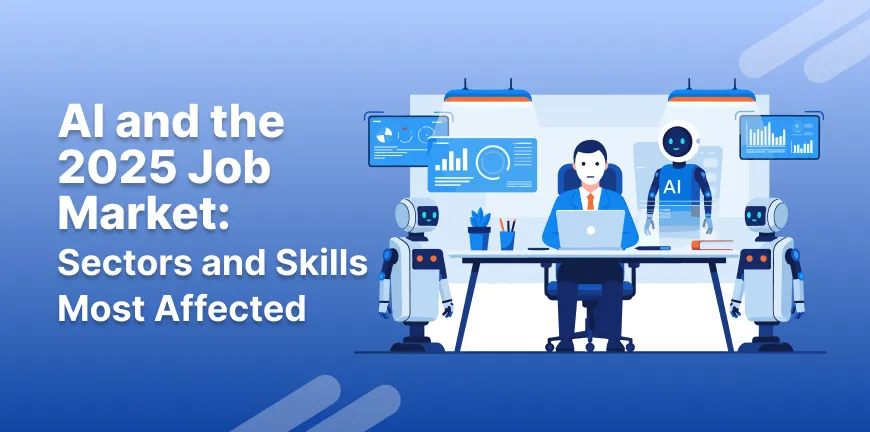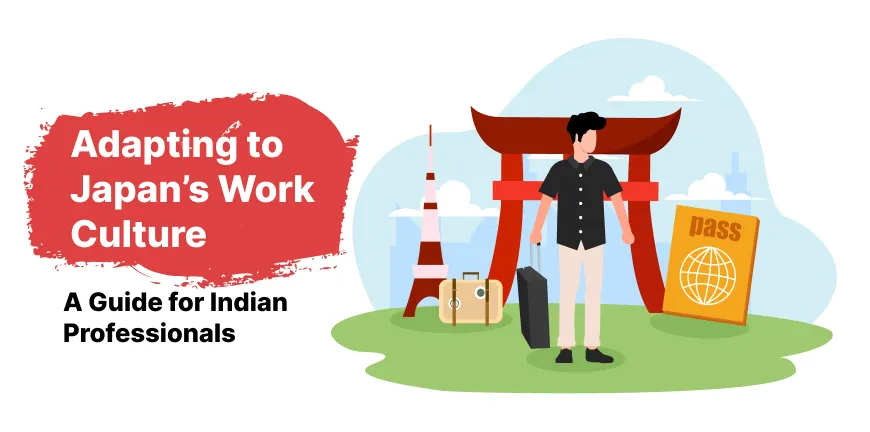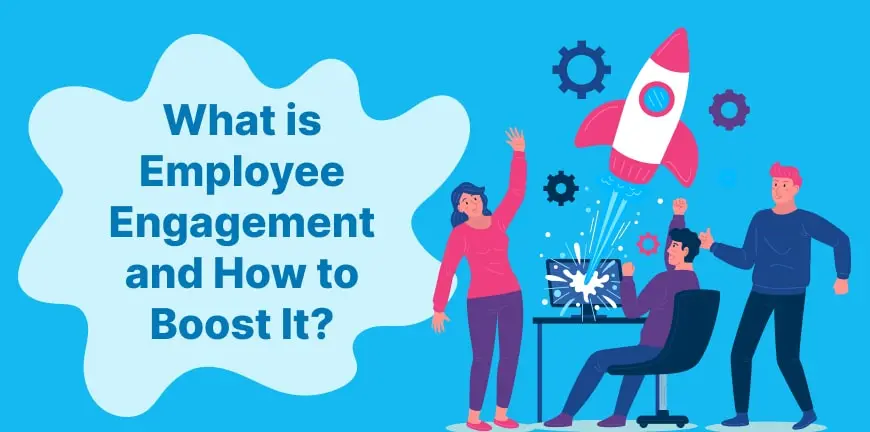
What is the Impact of Corporate Social Responsibility on Gen Z Employee Engagement?
06/02/2025
Top 10 Recruitment Process Outsourcing (RPO) Companies in India
07/02/2025Did you know that 79% of all graduates would work in a company recognized by its employees as a great place to work? But what exactly is a great place to work? A great place to work is a place an employee cherishes to be in. It is a place where he is free to air his concerns and one that encourages him not only to be more productive but also emotionally, physically and mentally capable.
It becomes the employee’s address of confidence, one that he is comfortable sharing with the world. The employer becomes a subject of the employee’s conversations offline and online, and they are always positive and heartwarming. More prospects are attracted to the company because of its reputability and the goodwill it continues to exhibit towards its employees.
Don’t you, as an employer, wish your company was such a place? And more importantly, also certified by the Great Place to Work Institute? This is what we are going to help your business accomplish. We will tell you how you can be on the path to becoming a Great Place to Work-certified workplace, convincing the best talent to come and work for you.
Origin of Great Place to Work Institute
In 1981, a New York editor asked two business journalists Robert Levering and Milton Moskowitz to investigate thoroughly and write a book titled “The 100 Best Companies to Work for in America”. The pair were initially skeptical about whether they would be able to find 100 companies that would qualify.
But after years of research, they managed to do it, and this would also lead to the founding of the Great Place to Work Institute in 1990. Business leaders around the world adopted the models and the methodology used by the institute as a valuable way to develop phenomenal workplaces. And it has secured the attention of government organizations as well, the first being the European Commission.
The European Commission in 2002 asked the Great Place to Work Institute to conduct employee surveys in 15 European countries to identify top positions. This was carried out with the intention of creating desirable and thriving workspaces across Europe. The institute delivered on its promise and soon more governments and businesses began to embrace it.
Every year, the Great Place to Work partners with more than 10,000 organizations worldwide, across more than 170 countries, with a strength of more than 10 million employees. The Great Place to Work Institute studies to recognize and help create great workplaces. They benchmark across multiple industries and even have a database of the best practices. Their research is published by the news media and reaches more than 25 million readers worldwide.
How Can You Build a ‘Great Place to Work-Certified Office?
1. Listen to Your Employees
This is a simple word to begin with, but a complicated idea to implement. Your business should be listening to its employees. And in the best way possible. How exactly can you do this?
a. Secure Buy-in from Your Leadership
Great leaders are great listeners. So, before you begin your listening journey, make sure to secure buy-in from the leadership for everything you will be doing. Discuss the policies and activities in detail with them and explain the opportunities and the risks, if any.
b. Tell Them You Are Listening
Send emails reminding your employees that you have a whistleblower policy and mental health reporting systems you support. Inform them of ERGs and assure them that the coordinators will communicate any concerns that employees have confidentially and anonymously.
c. Show Them You Are Listening
Create feedback channels and regularly listen and reply to them confidentially, avoid unnecessary chatter, and reduce the time between suggestion and feedback. Keep such communication and feedback channels to a minimum but review them every week.
d. Creating a Culture of Listening
Create an environment that encourages, and rewards open communication. Such communication may be between HR and the employee, the employee and peers or between employee and the management. Review inconsistencies in the arrangement and act accordingly, by recommending employees or managers for active listening training.
2. Recognize Social Interaction and Camaraderie
A workplace is more than a factory, and the things that make it different are the relative freedom of attire, the relative freedom of office timings, and the freedom to voice one’s opinion and access certain comforts at the workplace. These things are very necessary.
But there are other things that a workplace has in common with a factory. Greater social interaction and a sense of camaraderie. To improve social interaction and build a sense of camaraderie, there needs to be team activities at work, stress busters every week the whole team can get involved in, recognition and rewards for the work that teams have accomplished (rather than individuals), and frequent employee surveys to ensure that the teams are happy and content.
3. Build Employee Trust in Leadership
Great leaders are the reason why great workplaces exist, because of the trust employees have in them. Trust in turn leads to great work, guided by these leaders. To build employee trust in leadership, it is crucial to do a few things.
a. Encourage a show of accountability from the leadership
If the leadership is not accountable, then the HR team can suggest that certain changes be made in the way they approach a situation, especially to win over employee trust.
b. Display transparency in all communication with employees
Address all employees in an mail that is addressed to everyone and offer consistent communication to everyone. Display communication intended for everyone in a public place like a canteen.
c. Empower employees with autonomy in situations that call for it
Allow employees to have a good degree of autonomy. For instance, if they wish to view their pay slips or tax deductions, you can create a self-service portal for them. As another example, if they have issues with a certain space, they should be allowed to relocate to another.
d. Confirm that Employees Are Happy
Periodically, sending employees surveys asking specific questions on how they find the workplace is crucial to gaining their trust. Engaging with them one-on-one every month is crucial to understanding if there is any friction in the team or if they find any policies unfair. All these measures together help build employee trust.
4. Express Gratitude and Be Authentic When You Do So
Your employees work very hard for you, and they do not sometimes get the salary they so very well deserve. As a small or mid-sized company, you may have constraints on how much you can offer, but a note of thanks can tilt things in your favor. Here is how you can do that.
a. Sending a thank you mail or thanking in person
Thank the employee for sending a mail. If you wish to say thank you in person, that is also a great idea. Offering a unique gift, they can remember your company by, is not a novel idea, but can really make employees happy.
b. Encouraging them to go on paid leave
Even your best employees need a break, and they will thank you in return if you remind them how much they have already done for you, and that work can wait.
c. Offering other benefits
You may offer other benefits such as premium health insurance options from the company, flexible timings, tweaking the salary a little and so on.
d. Honoring them in front of an audience
Whenever you have a function where many people are gathered from your company, you can introduce your long-serving employees, honor them, and invite them to say a few words and describe their journey.
5. Your Growth Translates Directly as Employee Growth
When your company grows, your employees will benefit from it too. If you are a company that has grown phenomenally in the last few quarters, be transparent about what you have achieved and offer ESOPs and other benefits to your employees. Second, as your company learns and grows, make sure your employees learn and grow too. Conduct training sessions for your employees where they are taught how to solve practical problems. Hackathons are also a great idea.
Closing Words
While doing all these things will guarantee your workplace becomes a great place to work, it does not guarantee that the Great Place to Work Institute will certify it as one. When you walk towards a vision of water, there is always a chance it may not be the oasis you want and could be just a mirage. But you cannot give up on walking because of that. It would most certainly not be the right thing to do. This is because every employee in your company wants to be in a great place to work. So, keep walking, and one day you will reach your oasis.




